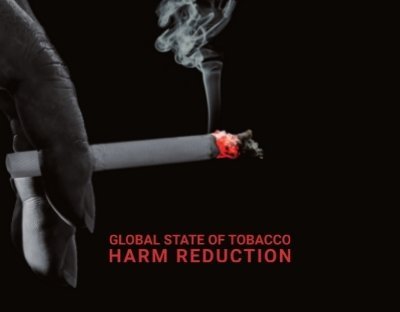Today, the World Health Organization released two new publications, “Freedom from tobacco and nicotine: guide for schools,” and “Nicotine- and tobacco-free school toolkit” to help protect children’s health just in time for back-to-school season in many countries.
The tobacco industry relentlessly targets young people with tobacco and nicotine products resulting in e-cigarette use increasing and 9 out of 10 smokers starting before the age of 18. Products have also been made more affordable for young people through the sale of single-use cigarettes and e-cigarettes, which typically lack health warnings.
Regulators in the US last month warned companies to stop selling illegal e-cigarettes that appeal to youth by resembling school supplies, cartoon characters, and even teddy bears.
“Whether sitting in class, playing games outside or waiting at the school bus stop, we must protect young people from deadly second-hand smoke and toxic e-cigarette emissions as well as ads promoting these products,” said Dr Ruediger Krech, Director of Health Promotion, World Health Organization.
The new guide and toolkit are step by step manuals for schools to create nicotine- and tobacco-free campuses, but it takes a “whole of school” approach – which includes teachers, staff, students, parents, etc. The guide and toolkit include topics on how to support students to quit, education campaigns, implementing policies and how to enforce them.
We must protect young people from deadly second-hand smoke and toxic e-cigarette emissions as well as ads promoting these products
The guide highlights four ways to foster a nicotine- and tobacco-free environment for young people:
- banning nicotine and tobacco products on school campuses;
- prohibiting the sale of nicotine and tobacco products near schools;
- banning direct and indirect ads and promotion of nicotine and tobacco products near schools; and
- refusing sponsorship or engagement with tobacco and nicotine industries.
Countries worldwide were highlighted in the publication as having successfully implemented policies that support tobacco and nicotine free campuses including:
India, Indonesia, Ireland, Kyrgyzstan, Morocco, Qatar, Syria, Saudi Arabia, and Ukraine.
The new WHO guide can help create nicotine- and tobacco-free schools that help keep kids healthy and safe. Nicotine- and tobacco-free policies help to prevent young people from starting to smoke; create a healthier, more productive student body; protect youth from toxic chemicals in second-hand smoke; reduce cigarette litter; and cut cleaning costs.
To protect people’s health, WHO encourages all countries to make all indoor public places completely smoke-free in line with Article 8 of the WHO Framework Convention on Tobacco Control.

